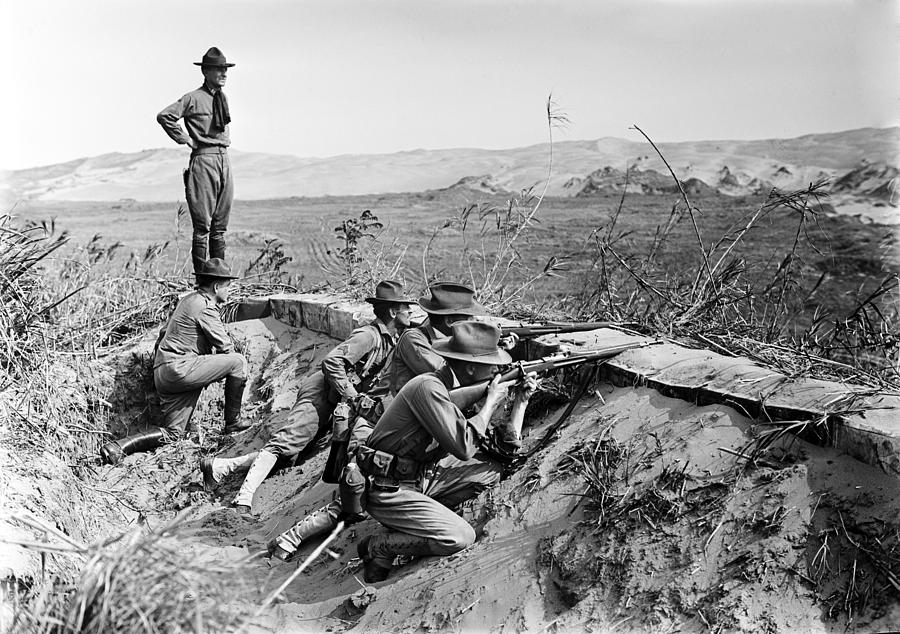Another short update as I don't have the time to add any more (I'm typing this from school) but wanted to get an update out. The good thing about this being so short is the next one will come much quicker, probably tomorrow.

World War One propaganda
--------------------------------------------------------------------------------------------------------------------------------------------------------------------------------------------------------------------------------------------
The Diplomacy War
In early October 1916, with the war in Mexico in full swing, the US was forced to scale back on loans to the various European nations in the Entente, which were failry reliant on US funds. The money was needed for America's own war, and couldn't be used to support the much larger war in Europe. It wasn't for another month that not being able to access these funds really began to worry the various European governments. They put in place heavy rationing, in countries where much of the supplies was already going to the troops at the front. The US, on the other hand, had absolutely no trouble procuring its supplies and keeping its people fed and happy, leading some to believe the US could likely have continued funding European governments at the same rate, had history taken a different course.
Allied generals, at this point, began worrying about what would happen if they were no longer able to get the very important supplies needed to win the war. They even worried that they could run out of adequate supplies during a large battle. This, of course, really frightened the allied generals and was considered an absolutely unacceptable outcome. As a result, not only did the governments at home institute even harsher rationing, the generals at the front ordered their troops to conserve supplies, often building up their own personal supply reserves. This led to some animosity between generals, as they competed for access to the reduced amounts of supplies. As the war in Europe went into its third winter, the Americans had greatly impacted the war in Europe, although no one knew quite how much yet. The Entente governments only hoped that the funds would return, and that the Americans would quickly finish off their little war.

World War One propaganda





